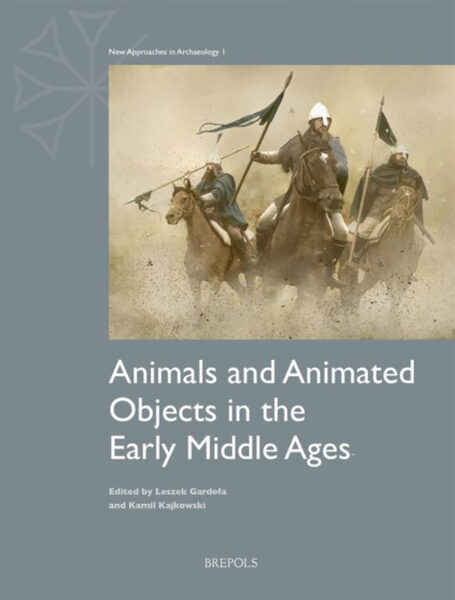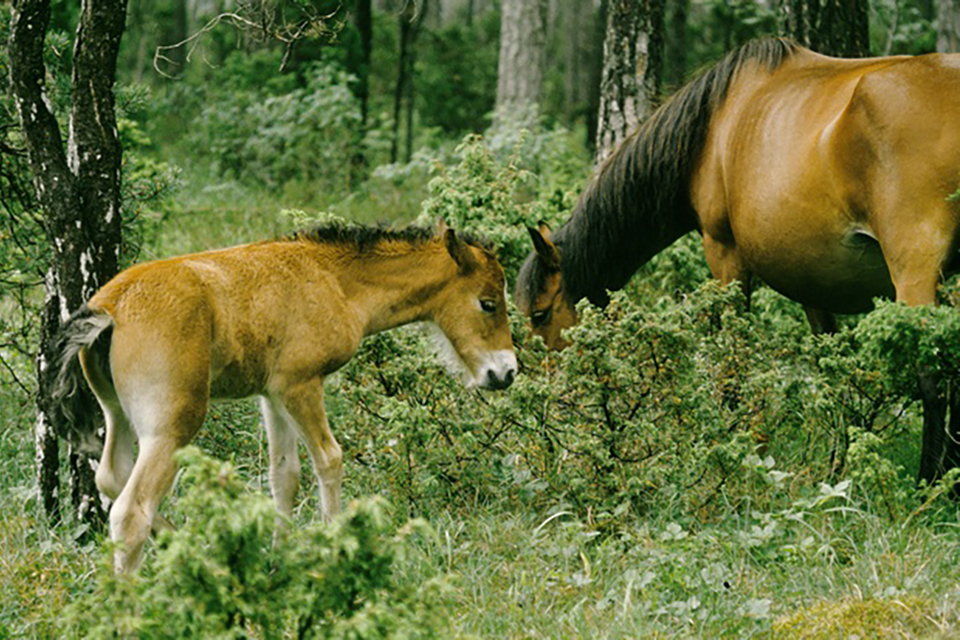Animals played a large role in Early Medieval Northern and Central Europe animating all from art to religious thinking. Upcoming book tells about burial customs, gravegoods, ornamental art styles and shapeshifting
Animals and Animated Objects in the Early Middle Ages
Ed. By Leszek Gardeła and Kamil Kajkowski
Brepols 2023
ABSTRACT
 Since time immemorial, animals have played crucial roles in people’s lives. In Continental and Northern Europe, especially in the Migration Period and the Early Middle Ages, animals were both feared and revered.
Since time immemorial, animals have played crucial roles in people’s lives. In Continental and Northern Europe, especially in the Migration Period and the Early Middle Ages, animals were both feared and revered.
Varying and often ambivalent perceptions of fauna were expressed through everyday practices, religious beliefs, and the zoomorphic ornamentation of a wide plethora of objects that ranged from jewellery, weapons, and equestrian equipment to wagons and ships. This timely volume critically investigates the multivalence of animals in medieval archaeology, literature, and art in order to present human attitudes to creatures such as bears, horses, dogs, and birds in a novel and interdisciplinary way.
The chapters gathered together here explore the prominence of animals, animal parts, and their various visual representations in domestic spaces and the wider public arena, on the battlefield, and in an array of ritual practices, but also examine the importance of zoomorphic art for emerging elites at a time of social and political tensions across Scandinavia and the oft-overlooked Western Slavic and Baltic societies. This innovative book draws together scholars from across Europe in order to pave the way for a nuanced international and interdisciplinary dialogue that has the capacity to substantially increase our perception of the human and animal worlds of the Early Middle Ages.
TABLE OF CONTENTS
1. Animals and Animated Objects in Early Medieval Worlds. An Introduction
Leszek Gardeła and Kamil Kajkowski
2. Bear Phalanges and Bearskins in Graves of the First Millennnium AD. Cultural Developments and Characteristics of a Unique Burial Custom in Central and Northern Europe
Sebastian Beermann
3. What Could Birds do for the Dead? Animals and Humans in the Mortuary Practices of Viking-Age Ribe
Sarah Croix
4. Between Life and Death. Waterfowl in Viking Age Funerary Practices
Klaudia Karpińska
5. Exploring Animals as Agents and Objects in Early Medieval Iceland and Scandinavia
Harriet J. Evans Tang and Keith Ruiter
6. Horse Burials on Viking Age Gotland. Between Mounted Warriors and Totemic Animals
Matthias S. Toplak
7. Horses and Burial Rites in the Early Piast State and Pomerania
Jerzy Sikora
8. Riders on the Storm. Decorative Horse Bridles in the Early Piast State and Pomerania
Leszek Gardeła & Kamil Kajkowski
9. Between the Beasts. On the Meaning and Function of Small Quadruped Figurines from Estonia
Tõnno Jonuks and Tuuli Kurisoo
ABOUT THE AUTHORS
Leszek Gardeła has a PhD in archaeology from the University of Aberdeen. In 2013-2019 he conducted numerous international research projects and held academic positions in Poland, Norway and Germany. He is a specialist in Scandinavian and Slavic archaeology and has published widely on magic, atypical funerary practices, amulets, warfare, identity and cross-cultural interactions.
Kamil Kajkowski has a PhD in archaeology from the Polish Academy of Sciences and is Senior Curator at the West Cassubian Museum in Bytów. He specialises in interdisciplinary research on West Slavic pre-Christian beliefs and has published extensively on Slavic mythology, identity, warfare and ritual practices.
FEATURED PHOTO:
Rus from Gotland. This horse is a descendant of the semiferal horses brought to the Island in the Early Middle Ages. Still living in the wild, they are used in Swedish Rewilding projects undertaken by the University of Uppsala. Source: wikipedia
READ ALSO:
